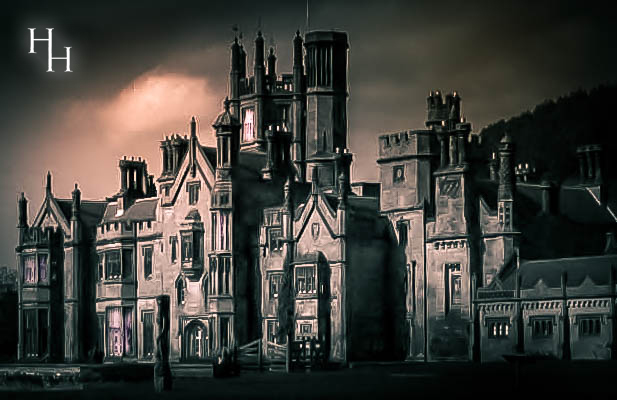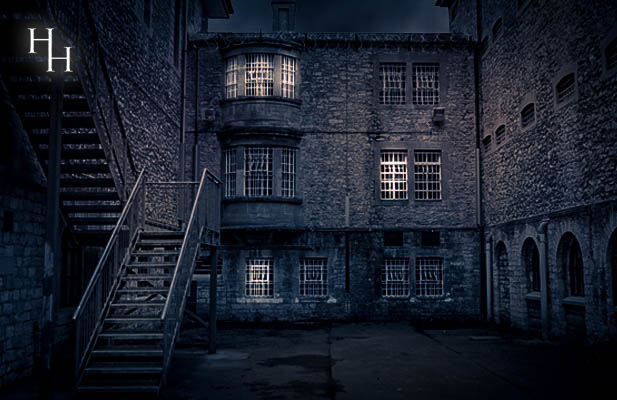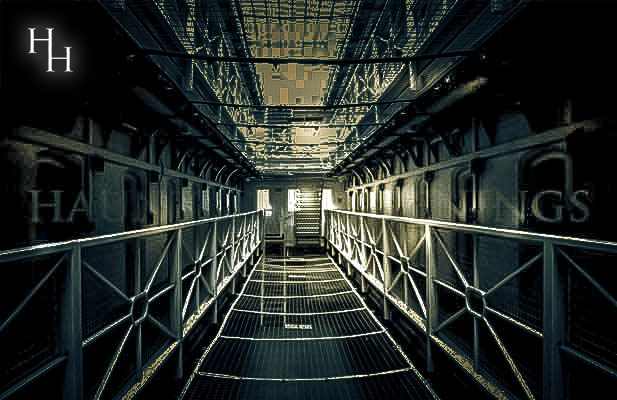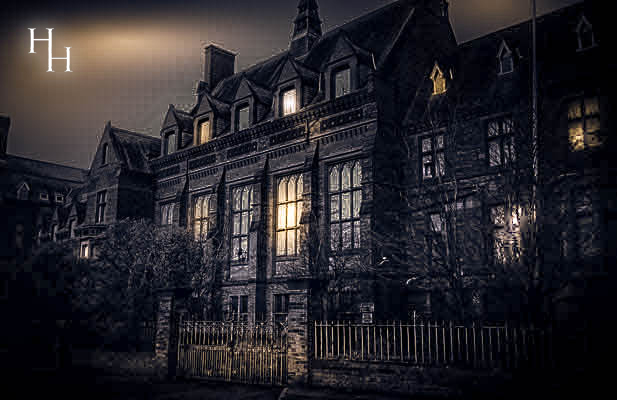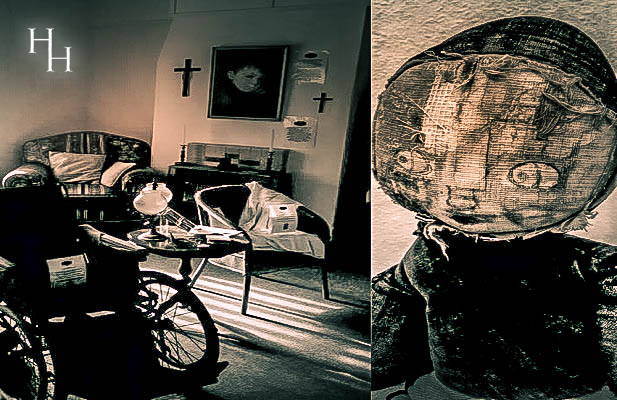Margam Castle - Neath Port Talbot, Glamorgan
This is a truly haunted castle with a frightening history of paranormal activity
Sorry, we do not have any events for this location at the moment. Please keep an eye on our website for future dates.
Margam Castle in Port Talbot, Wales is a truly haunted castle with a frightening history of paranormal activity. Overnight Ghost Hunts at this location are a daunting prospect and offer a phenomenal space in which to carry out a serious ghost hunt in search of the spirits that reside within. Strange light anomalies, loud footsteps on the main staircase and extreme temperature drops are all a regular occurrence at Margam Castle during a ghost hunt and few are brave enough to spend time alone in any of its many haunted rooms. Are you ready to try?
Ghosts of Margam Castle
Many staff and visitors alike have reported witnessing a dark figure moving around the corridors, believed to be that of the murdered Gamekeeper Robert Scott, who was shot by a poacher in 1898.
The ghosts of Margam Castle include an angry spirit who is thought to be responsible for the more sinister activity here which includes heavy doors being slammed, poltergeist activity and people being physically affected in such a manner that they have left the area and been too afraid to return. Heavy footsteps have been heard on the flagstone floors, extreme changes in temperature have been felt and people have even reported being grabbed forcibly during vigils.
The History of Margam Castle
Margam Castle, a Tudor Gothic mansion was, with its service buildings and courtyards, built between 1830 and 1840 and it is listed Grade I as a building of exceptional quality and with some spectacular features such as the staircase. It was not until the 1820's that Christopher Rice Mansel Talbot determined to build a new house at Margam.
The Margam estate had been in his family since 1536, however Thomas Mansel Talbot had demolished the original mansion house in 1787 to replace it with the magnificent Orangery that can be seen in the gardens today. Proud of this ancient family lineage Christopher Rice Mansel Talbot had always been attracted to romantic Margam. He wished to rebuild a suitable country residence which would compliment the history of Margam Castle
Margam Castle is a large Victorian era country house, built in Margam, Port Talbot, Wales for Christopher Rice Mansel Talbot. It was constructed over a ten-year period, from 1830 to 1840 until the dissolution of the monasteries was an abbey. Although called a "castle", the building is really a large comfortable country house, one of many mock castles built in the 19th Century during the Gothic Revival.
After making a grand tour of Europe as a young man, Talbot returned to South Wales and from 1830 he set about redeveloping the family estate at Margam. The new castle was designed in a Tudor Gothic style by the architect Thomas Hopper. Edward Haycock Snr was supervisory architect and designed parts of the interior and exterior of the house, the stables, terraces and lodges.
Talbot also took a keen interest in the project, encouraging his architects to borrow elements from Lacock Abbey in Wiltshire and Melbury House in Dorset (home of his mother's family, the Fox-Strangeways, Earls of Ilchester).
William Henry Fox Talbot was a frequent visitor to Margam and the castle featured as an image in some of his early photographic experiments. Margams links with photography also include being the location of the earliest known Welsh photograph.. After the death of Emily Charlotte Talbot, the daughter of its first owner, the castle passed to her nephew and continued to be used by the Talbot family until 1941, when it was sold. David Evans-Bevan, who bought it, found it too large to live in, but could not find any public organisation interested in taking it on and it fell into disrepair.
For many years it belonged to the local authority, but was not open to the public. In 1977, a fire caused substantial damage, and it was only after this that a restoration project began in earnest. Today Margam Castle is a Grade I listed building and being very well taken care of.




